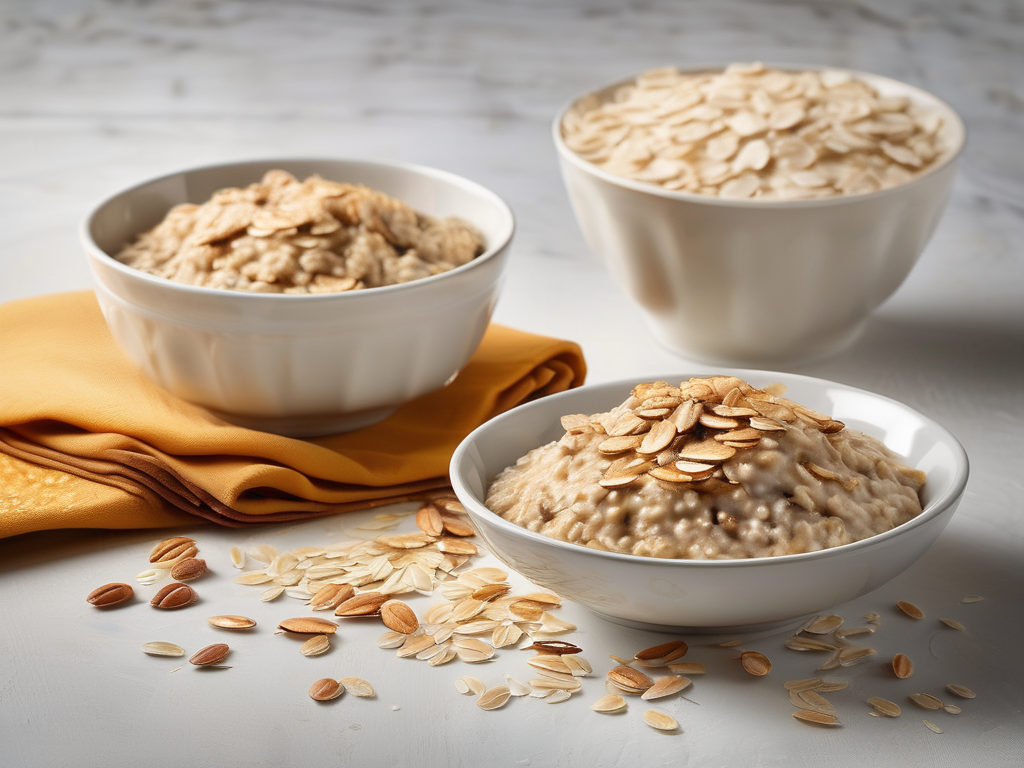
Is Oatmeal Safe to Eat After the Expiration Date?
Is Oatmeal Safe to Eat After the Expiration Date?
When it comes to pantry staples like oatmeal, it's not uncommon to find a forgotten box or bag lurking in the back of your cupboard past its expiration date. But before you toss it out, let's explore whether oatmeal is still safe to eat after the expiration date has passed. (Oatmeal)
Understanding the Expiration Date on Oatmeal
Before we delve into the safety of eating oatmeal after its expiration date, it's essential to understand what the expiration date actually means. The expiration date on oatmeal is not a strict deadline, but rather an indicator of when the product is at its peak quality in terms of taste and texture. After the expiration date, the oatmeal may start to lose some of its flavor and nutritional value, but it doesn't necessarily mean it's unsafe to consume.
Factors that Influence Oatmeal's Shelf Life
Several factors can affect the shelf life of oatmeal, including:
- Packaging: Oatmeal stored in airtight, moisture-resistant packaging is likely to last longer than oatmeal stored in a torn or damaged package.
- Storage Conditions: Oatmeal stored in a cool, dry place away from heat and sunlight will last longer than oatmeal exposed to moisture and fluctuations in temperature.
- Packing Date: The length of time that oatmeal remains safe to eat can also depend on how long it has been sitting on the shelf before you purchased it.
Signs that Oatmeal Has Gone Bad
While oatmeal can be safe to eat after the expiration date, it's essential to check for signs of spoilage before consuming it. Here are some indicators that your oatmeal may have gone bad:
Visual Signs
- Mold: If you see any mold growth on the oatmeal, discard it immediately.
- Discoloration: Oatmeal that has darkened or developed unusual colors may be a sign of spoilage.
Smell Test
- Off Odor: If the oatmeal has a rancid or foul smell, it's best to err on the side of caution and throw it out.
Texture
- Clumping: If the oatmeal has clumped together or feels unusually sticky, it may have absorbed moisture and gone bad.
Tips for Properly Storing Oatmeal
To extend the shelf life of your oatmeal and ensure its freshness, follow these storage tips:
- Keep in a Cool, Dry Place: Store oatmeal in a cool, dry pantry away from heat and humidity.
- Use Airtight Containers: Transfer oatmeal to airtight containers or resealable bags to protect it from moisture and pests.
- Avoid Direct Sunlight: Keep oatmeal away from direct sunlight, as exposure to light can degrade its quality over time.
- Check for Signs of Spoilage: Regularly inspect your oatmeal for any signs of mold, off odors, or unusual texture.
Safe Practices for Consuming Expired Oatmeal
If you've determined that your oatmeal is safe to eat after the expiration date, follow these best practices to ensure its safety:
- Check for Signs of Spoilage: Before consuming expired oatmeal, inspect it for any visual, odor, or texture changes.
- Cook Thoroughly: If in doubt, cooking the oatmeal thoroughly can help kill any potential bacteria that may have developed.
- Use Your Senses: Trust your senses when it comes to determining the safety of expired oatmeal. If it looks, smells, or tastes off, it's best to discard it.
Conclusion
In conclusion, oatmeal can still be safe to eat after the expiration date as long as it shows no signs of spoilage. By understanding the factors that influence oatmeal's shelf life, practicing proper storage techniques, and being vigilant for signs of spoilage, you can enjoy your oatmeal beyond the expiration date with confidence. Remember, when in doubt, it's always better to err on the side of caution and discard any oatmeal that appears questionable. (Oatmeal)
Related Posts
Here are some other articles you might find helpful: